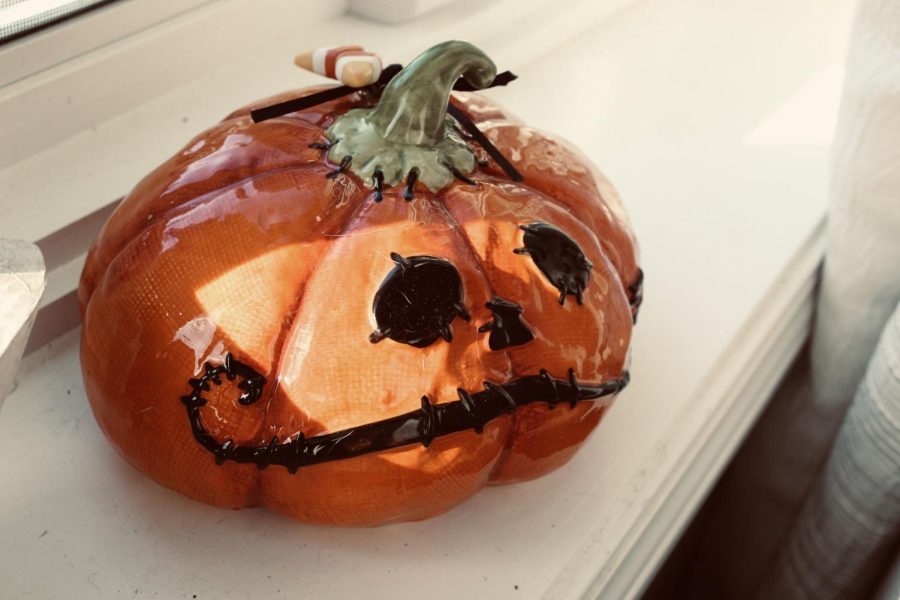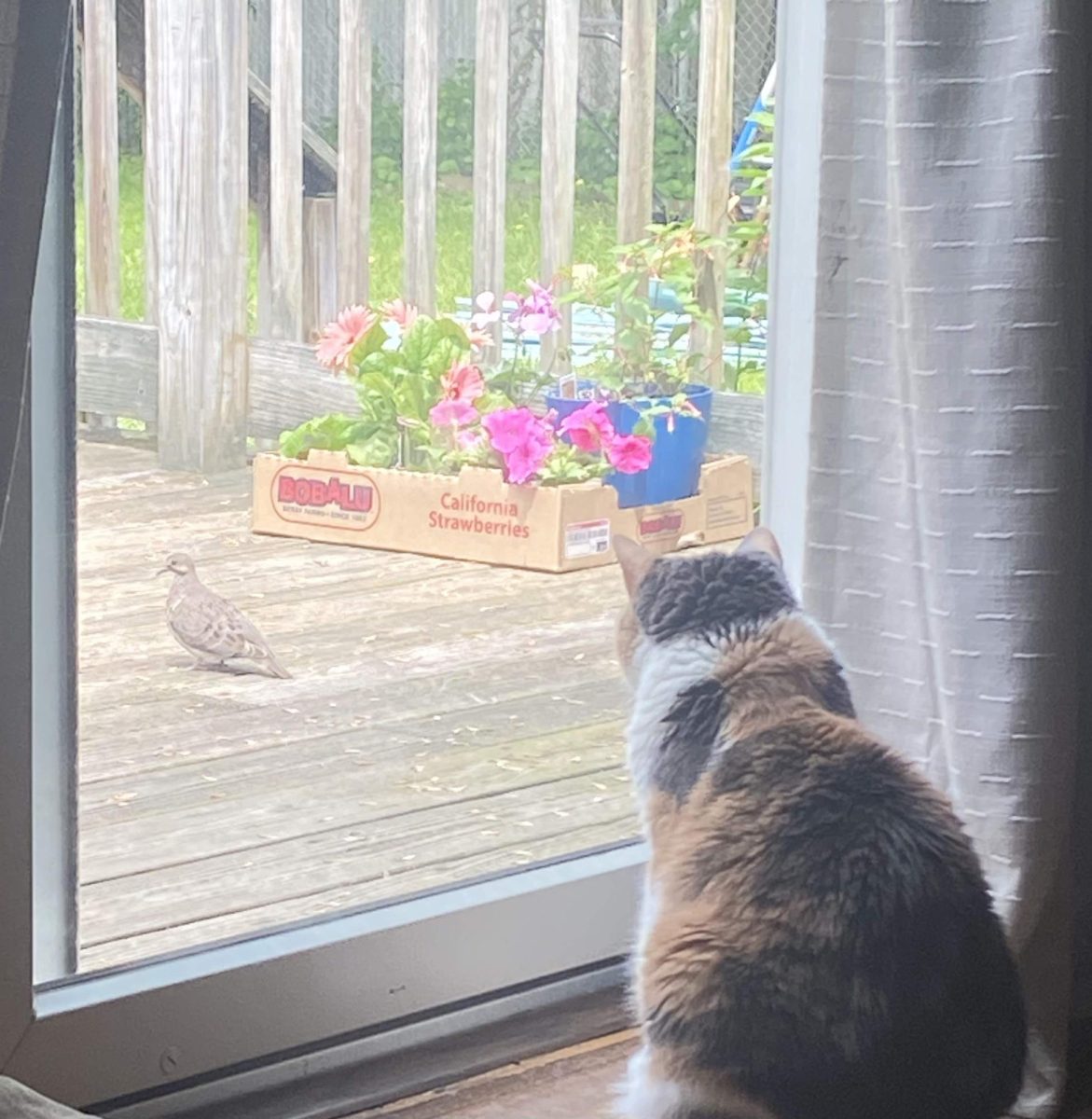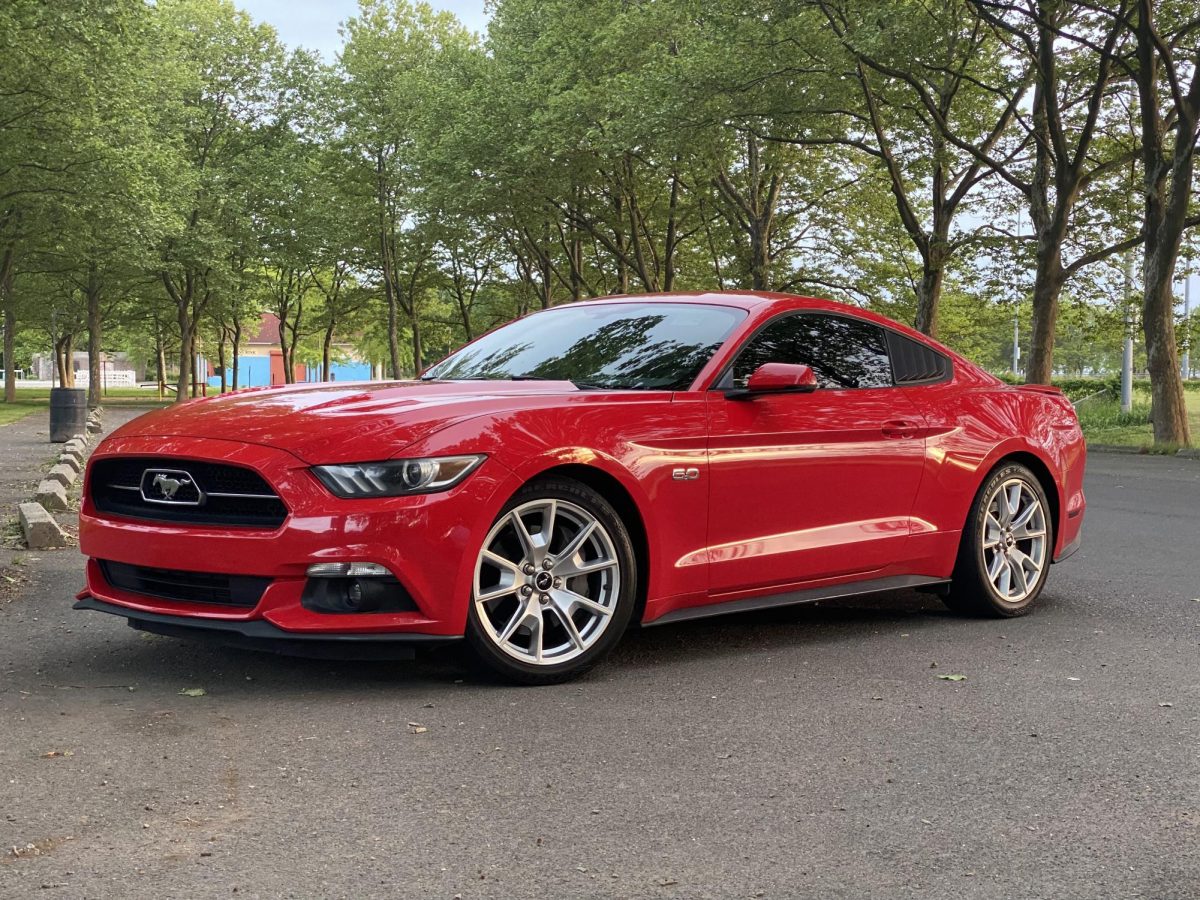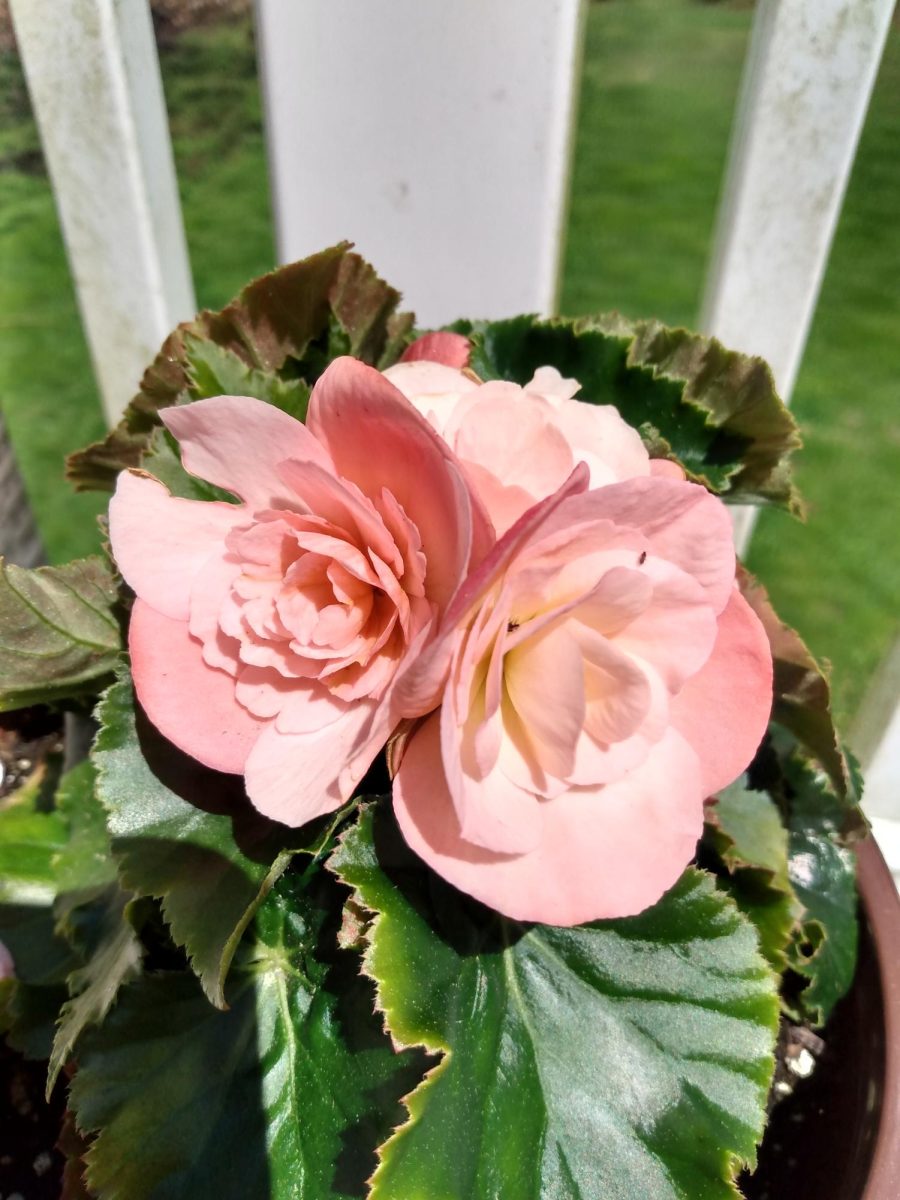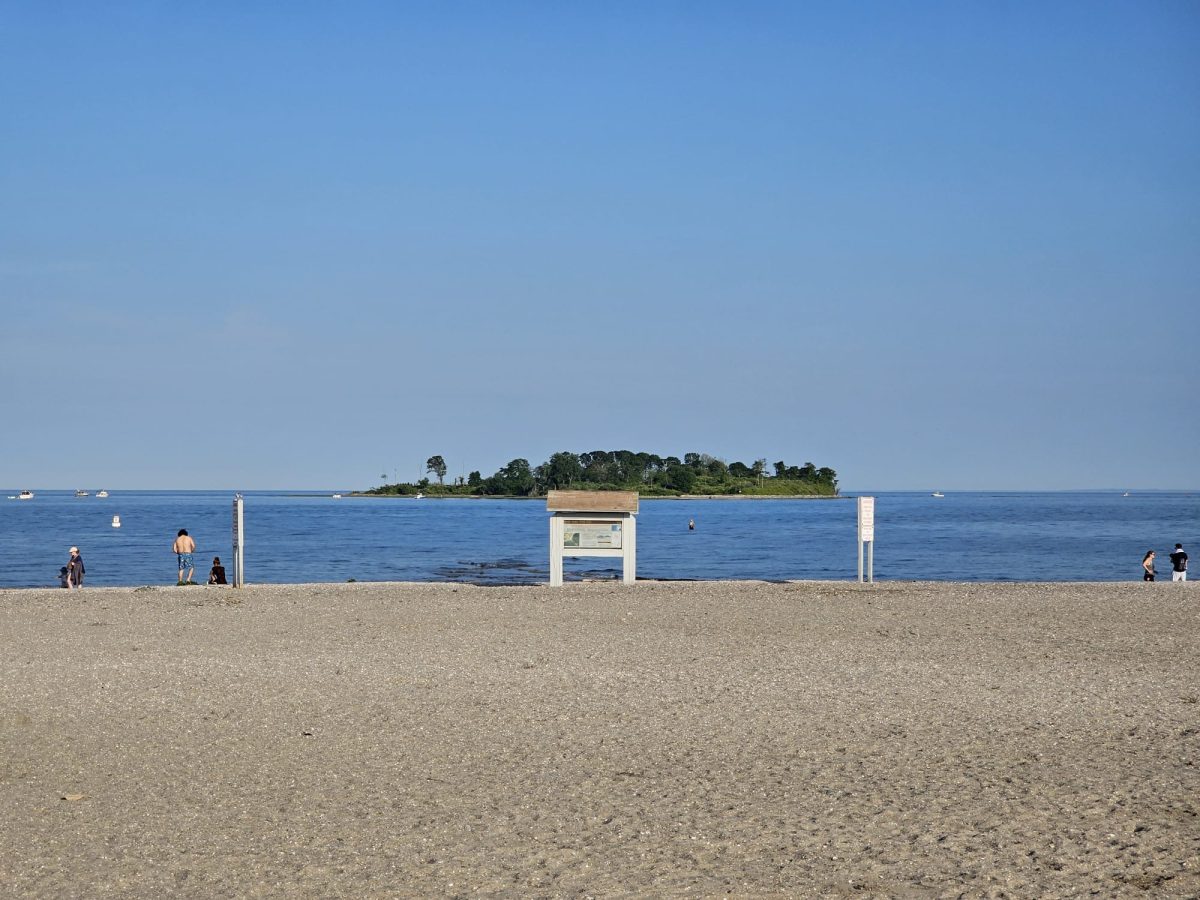From Samhain to Sweets
The History and Evolution of Halloween
A Spooky Sight: A ceramic Jack-O-Lantern decoration meant to last for many Octobers. Photo Courtesy: Jack Godek, September 30, 2021.
October 7, 2021
Halloween is a popular holiday in the United States. Some enjoy the spooky aesthetic, others the costumes. Even more enjoy watching horror movies with friends and family, and for many, it’s all about candy. While this sugar-tooth and horror fan’s dream of a holiday may seem a relatively recent invention, its origins lay in the ancient Celtic traditions of the Emerald Isle: Ireland.
The first holiday that could be called the ancestor of Halloween is the Irish holiday of Samhain. In Irish mythology and folklore, Oct. 31 is when the Spirit World and Earth are the closest.
While its root is in Celtic Paganism, the holiday lasted through the conversion of the country to Catholicism, and would merge with All Saints Day on Nov. 1. This is where it would get the more archaic name of All Hallows Eve, which evolved over the years into Halloween. In fact, Ireland even invented the Jack-O-Lantern, though the originals were made from turnips and were based on a man from Irish folktales who was known as “Stingy Jack”.
The holiday would eventually be brought to the American colonies by early Irish immigrants during the 1600s. While the New England Colonies would fight the celebration, due to their Puritan governments, much of the South would embrace it. But it would really grow in popularity nationally after the wave of Irish immigration between the Irish Potato Famine and the American Civil War.
Nowadays, Halloween is one of the most popular holidays, and is one of the most commonly celebrated holidays, even across cultural lines in America and the world. Whether they’re going to scour their neighborhood for candy or host a fall-themed costume party, many people will find a way to celebrate the day.
“I’m just planning on hanging out at my friends house, and maybe dressing up,” says Senior Logan Griffin.
Many other Foran students plan on going out for the “classic” Halloween experience of trick-or-treating, though many upperclassmen may be hosting or going to parties for All Hallow’s Eve.
The American version of Halloween is still changing however, due to the same reason it arrived in the US in the first place: immigration. Though this time, instead of European immigration, the newest influence comes from Latin America. The Mexican holiday of Day of the Dead, or Dia de los Muertos in its native Spanish, is a holiday similar to Halloween, though it is more about remembering the dead and holding a festival to celebrate life. It shares the idea of the dead coming back for one day from a Spirit World.
Senior Kaylee Granfield, who celebrates Day of the Dead with her family, says, “What Nov. 1 and 2 mean to me is a time of not mourning, but celebration. A celebration of my roots, loved ones, and the present moment. I love honoring my past loved ones, it makes me and my family feel both at peace and loved.”
While Dia de los Muertos is different from Halloween in its traditions, because of the timing and death being a factor within the holiday, it has partially mixed with Halloween and has helped its evolution.
While many people have celebrated Halloween throughout the years, it’s important to remember how traditions and holidays evolve and change over time. The Halloween of Modern America has changed from the 1950s just as much as it will change before the 2050s.
“I have personally seen a lot of Day of the Dead decorations in stores,” says Spanish teacher Mrs. Annunziata.
The wave of Mexican immigration into the U.S. in recent years has led to the expansion and Americanization of Day of the Dead, and much of its combination with Halloween. Immigration causing influence is very much the same as Halloween in its original form, and American culture in general. These influences in our holidays are a perfect example of the idea of the American melting pot, and they will likely continue for generations.


